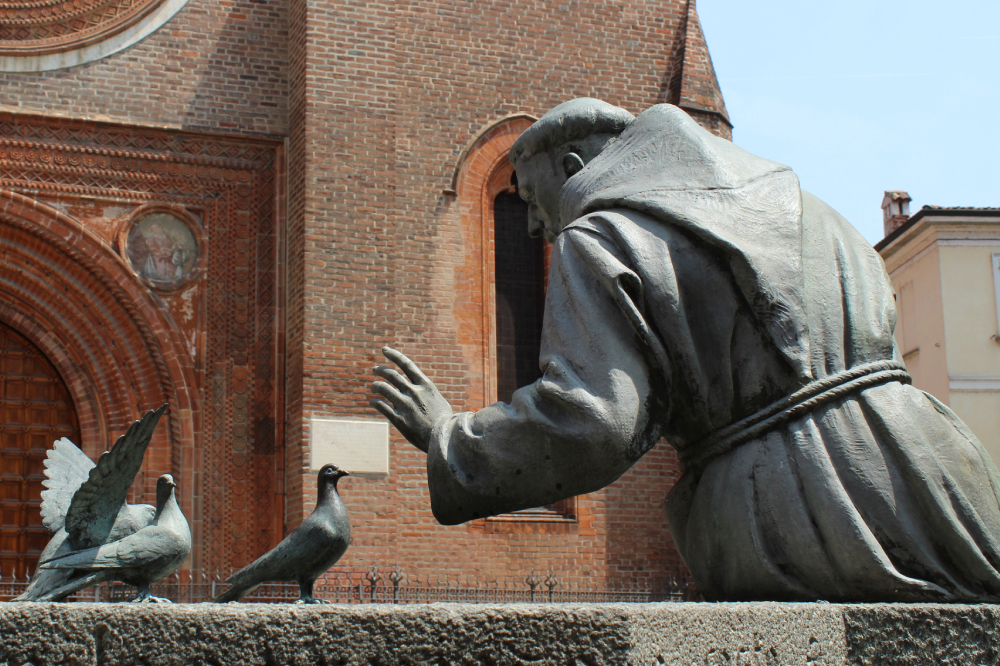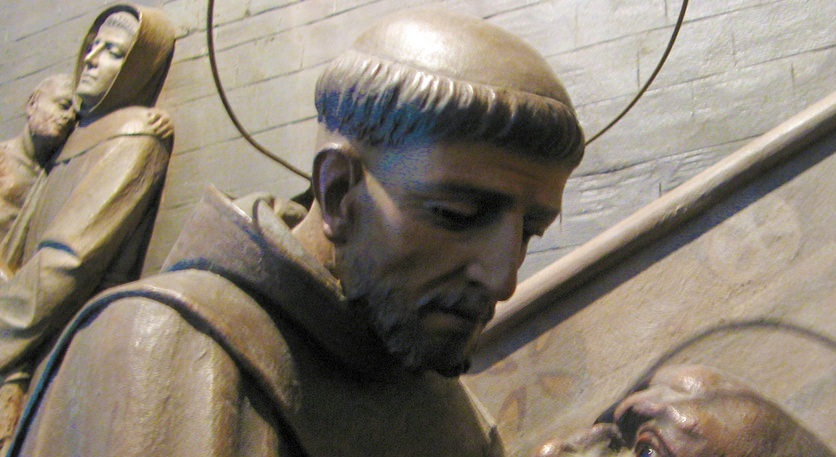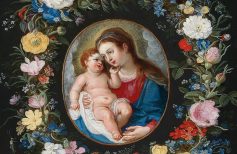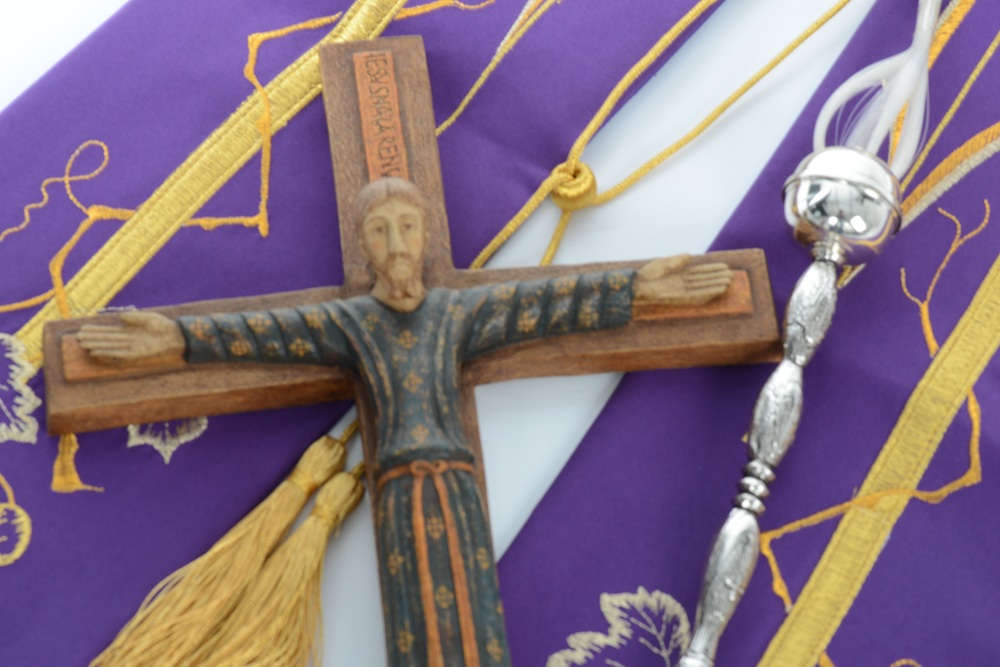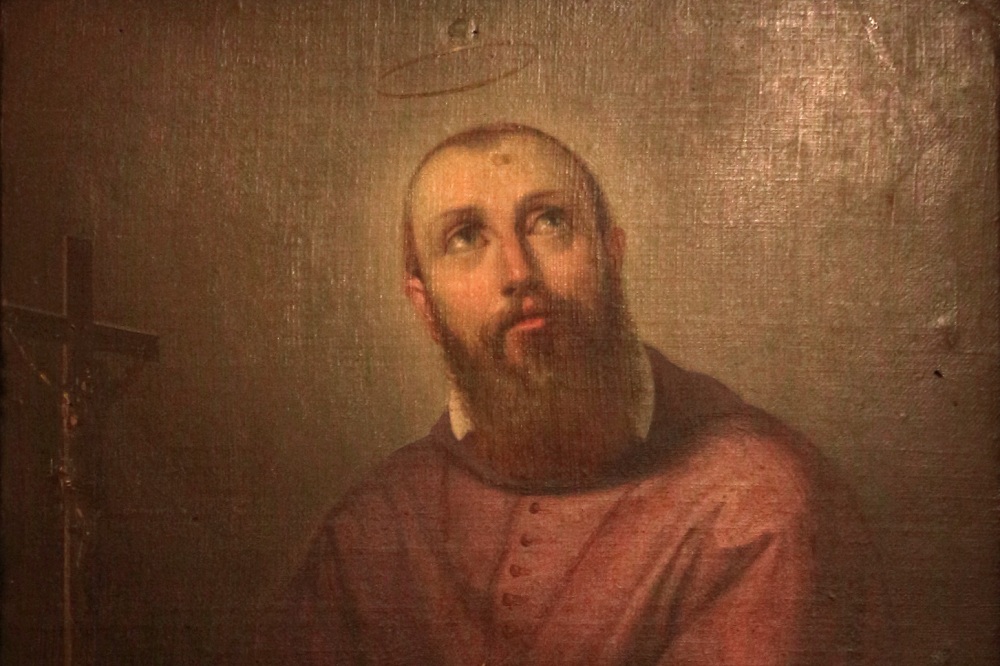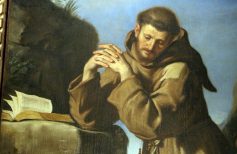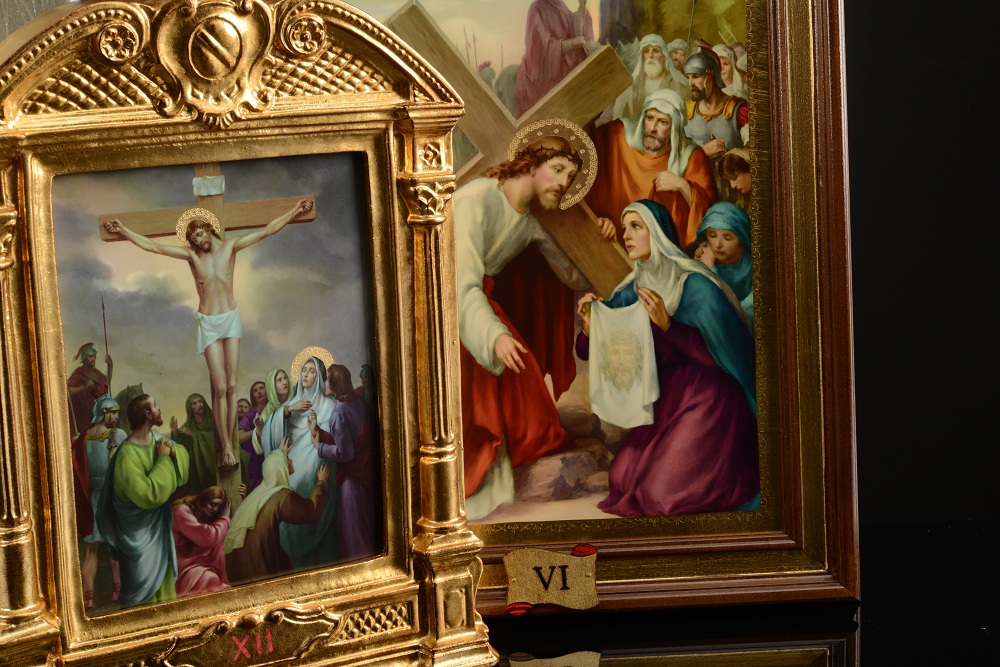Lent, a time of penance and little sacrifices. Today we are talking about the Florets of San Francesco, a collection of episodes from the life of the Poverello of Assisi and a fairy tale reconstruction of his preaching.
We talked about the importance of little sacrifices in the Lenten period, about how they can prove to be a precious tool for preparing for Easter with an attitude of penance, profound interior reflection and dialogue with God. And few saints have been able to express closeness to the Almighty, constant dialogue with him, like St. Francis of Assisi, who made love for God, expressed in love for all Creation, his life mission. In addition to the Canticle of creatures, which is the emblem and manifesto of the love and faith of St. Francis, the Florets of St. Francis constitute an emblematic text, in their being imbued with a pure and vibrant religious inspiration, an expression of all those that of the Franciscan teaching were the cornerstones: poverty, love, perfect joy.

Lenten Fioretti: 5 ideas on small sacrifices or things to do
Lent, a time of penance, prayer and devotion. What are the most suitable Lenten florets to prepare for Easter in the best way?
In the name of these ideals, Saint Francis, who together with Saint Catherine of Siena, is the patron saint of Italy, renounced everything that belonged to him, everything that was, to embrace a life of absolute poverty, of closeness to the least, in an exasperated and moving Imitatio Christi, in its totality and simplicity.
This choice of life emerges in all its aspects in the foils of St. Francis, referring to us a figure of the saint and his companions who, although undoubtedly idealized in the hagiographic desire to provide an exemplary character, nevertheless still manages to give us a measure of what he is, was the greatness of this saint so far away and yet so close to each of us. Given Holy Easter, perhaps these events narrated with an almost fairytale style could be an inspiration for our Lenten florets
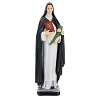
What are the Foils of St. Francis
What are the Foils of San Francesco? The origins of the fourteenth-century original are shrouded in mystery. For a long time it was believed to be the translation from Latin of a previous text entitled “Floretum”, a story of Francis and his first companions, attributed to Friar Ugolino da Montegiorgio, author of the medieval Latin work “Actus Sancti Francisci et sociorum eius “, of which the foils may have been the introduction. Another tradition attributes the authorship of the text to Giovanni de ‘Marignolli, a Franciscan friar minor who was bishop and missionary in China.
Although the author remains uncertain, the meaning of the work does not change, that is a collection of stories and legends about the life of St. Francis of Assisi and his disciples, where his preaching and example of life and faith emerge.

Composed in the 1300s, they have come down to us through a series of manuscript codices, up to the first printing in 1476. The work has fifty-three chapters and can ideally be divided into two parts: the first dedicated to St. Francis, his life, his preaching and the birth of the Franciscan order; the second which tells the adventures of the first Franciscan friars of the Marches, who lived in the monasteries of Mogliano, Massa Fermana, Loro, Soffiano and Forano. Friar Ugolino da Montegiorgio himself, presumed author of the work, at the beginning of 1300 stayed in the Convent of Santa Colomba di Mogliano, and perhaps it was precisely at that time that he wrote the Fioretti, then translated into the vernacular.
The thing that is interesting for us is that through the Fioretti di San Francesco we can know all the historical and above all spiritual evolution of the Franciscan order in its first century of existence and diffusion. The 1st chapter already reveals the content of the entire work:
In the name of our Lord Jesus Christ crucified and of his Mother Virgin Mary. This book contains certain little florets, miracles and devout examples of the glorious poor man of Christ Messer Saint Francis and many of his holy companions. To the praise of Jesus Christ. Amen.
In the same chapter the twelve companions of Francis are mentioned, some of whom we will meet in the text. The reference to the twelve Apostles is immediately clear: “And just as those holy Apostles were marvellous to the whole world in holiness and humility, and filled with the Holy Spirit; so those holy companions of Saint Francis were men of such holiness, that from the time of the Apostles in here the world did not have so wonderful and holy men.”
Therefore the Fioretti also tell us with extraordinary vivacity and vividness the events of the companions of Francis, such as Friar Bernardo di Quintavalle, who was the first follower of Francis; Brother Leo, who was close to Francis especially in recent years and to whom the Saint dedicated a personal blessing (Benedictio fratris Leonis) and praise to God (Laudes Dei altissimi), very precious documents that have come down to us; Friar Masseo, one of Francesco’s closest friends, handsome and endowed with a proverbial common sense, which emerges in the little sacrifices dedicated to him together with humility, obedience and love for God; St. Clare, sister of Francis in poverty, bound to him by a very sweet, holy and pure love.
A choral book, therefore, where there is not a single protagonist, as it is right to expect from a humble figure deeply inserted in one’s community of friends and brothers like St. Francis of Assisi.

The Canticle of the Creatures of St. Francis
St. Francis of Assisi is one of the most loved and venerated saints by the Catholic Church…

